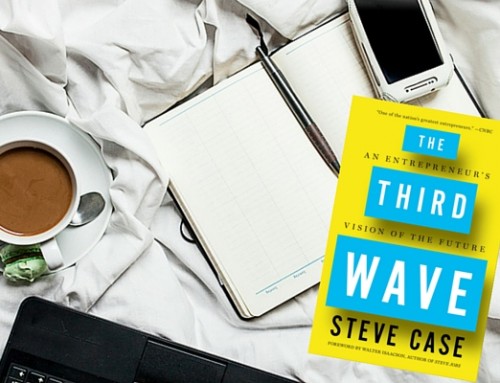A good business model forces you to answer two simple questions: “Who has your money in their pockets?” And “How are you going to get it into your pocket?”
These questions may lack subtlety, but making money isn’t a subtle process. More elegantly stated, the first question involves identifying your customer and the need that she feels. The second question creates a sales mechanism to ensure that your revenues exceed your costs.
You’ll tweak your business model constantly–in fact, it’s scary if you don’t change your model or do some major tweaking along the way. Here are some additional tips to help you during the process:
- Target a specific niche. The more precisely you can describe your customer, the better. Many entrepreneurs are afraid of too narrow and specific a focus because it won’t lead to worldwide dominance. However, most successful companies started off targeting a market or two and growing (often unexpectedly) to a large size by addressing other markets.
- Keep it simple. If you can’t describe your business model in ten words or less, you don’t have a business model. Avoid whatever business jargon is hip (strategic, mission-critical, world-class, synergistic, first-mover, scalable, enterprise-class, etc.). Business language does not make a business model. Think of eBay’s business model: charge a listing fee plus a commission. End of discussion. (inspired by Michael Shermer, Why People Believe Weird Things)
- Copy others. Commerce has been around a long time, so by now people have pretty much invented every possible business model. You can innovate in technology, marketing, and distribution, but attempting to come up with a new business model is a lousy bet. Try to relate your business model to one that’s already successful and understood. You have plenty of other battles to fight.
- Make it expansive. Business models involving creating a bigger pie rather than grabbing more of the same pie work better for startups. This is because customers expect to discover products that are innovative and cool and are less interested in me-too, better sameness from startups.
This post is a tiny part of Guy Kawasaki’s latest book, The Art of the Start 2.0. Read it and reap…



You can put numbers to your business model by having data to calculate the cost of customer acquisition (CA) the life time value of a customer (LTV) and the optimum number of customers needed to maximize your capacity to sell and serve. A conceptual formula would be (LTV-CA)*N=$$. If you don’t have the data to support the formula there are cheaper, less risky ways to get it than just “build it an launch”.
What a coincidence. The coins in the bowl are from my country
The world changes and business segments are impacted by technology, communications and global economic shifts. Industry sectors can not stand still as regulatory environment and market flow impacts day to day business. Business models should not always be copied/improved; there are times when one must innovate and create a new model in a staid business segment. It’s all about building effective solutions to new problems. That’s a win.
Clarity is better than capital, you can borrow capital , not clarity.
Business models are an essential component of the business-planning process. But there’s an art to the craft of writing a business model. New business owners don’t want to create thick, clumsy proposals that lack vision and are guaranteed to be dismissed by potential investors. While all business models contain key elements, the planning, decision-making and motivation behind the writing itself will help it emerge as something feasible and exciting.
Guy highlights critical points in the formulation of a Business Model but the Devil is always in the details! I offer a 3-Day Business Model Assessment workshop that remains highly pragmatic but that also takes the Devil by the horns! Check our acclaimed approach in this presentation: http://www.slideshare.net/adidierk/business-architecture-assessment-training-free-preview.
Also, this is the one-page flyer for the workshop: http://www.slideshare.net/adidierk/new-ebmmtriadsflyer